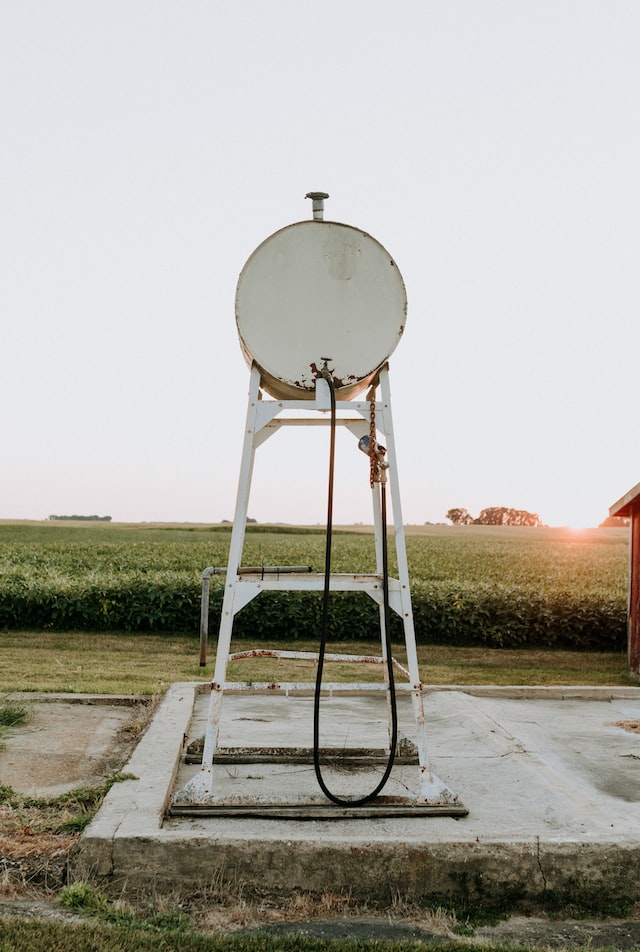Whether you are looking for a quick installation or a more comprehensive service, a good oil tank service can help you with all your oil tank-related needs. These companies can also install overfill alarms, vents, and other important equipment.
Common Mistakes To Installing An Oil Tank Yourself
The first step in installing an oil tank is to cut a rectangular cutout in the side of the tank. The cut should be at least an inch thick and a few inches longer than the tank’s height. Use a metal-cutting blade and wear protective gear while doing this. Next, you should check the local codes. Different states and counties have different rules when installing an oil tank. Depending on the state or county you live in, you may need to install a concrete pad that is 6 inches thick. You should also make sure the cap is removably installed.
A reliable supply contract such as from oil tank services Westchester County, NY, is essential if you run your heating oil on a smaller tank. It’s also important to perform regular maintenance, so you don’t waste fuel. Keep the tank at least one-fourth full for the best efficiency. If you cannot get a reliable supply contract, hiring an installer is best.
Common Causes Of Oil Tank Leaks
Many common signs indicate the presence of an underground oil tank that has leaked. These include a pronounced oil smell and a rotting lawn or shrubbery near the tank. Additionally, you might notice oil in nearby drainage ditches and streams. You should contact a professional to address the situation in any of these cases.
One of the most common causes of oil tank leaks is rust. This corrosion can cause holes in the surface of the tank. In addition, the soil where the tank is located can react with the metal in the tank. This can cause the tank to rust faster. Leaking oil from underground tanks is often a result of improper installation and poor maintenance.
If you have oil in your tank, you should inspect it for leaks as soon as possible. Oil leaks are messy and can produce toxins. If you don’t detect them in time, they can lead to serious environmental and financial consequences. For example, oil spills exceeding 10 gallons must be reported to the local fire department and the state’s Department of Environmental Protection. To minimize the risk of an oil leak, you should protect the area around the oil tank and make periodic visual inspections. Also, be sure not to touch the oil or spilled liquid.
Ways To Extend The Life Of An Oil Tank.
If you want to increase the lifespan of your oil tank, you need to know how to prevent corrosion and other damage. In particular, if your tank is in an outdoor location, you must be careful about the elements. Exposure to rain and roof runoff can cause the tank to corrode. Furthermore, these elements can cause stray electrical currents to cause corrosion. Finally, it’s crucial to maintain the tank in good condition and keep it clean.
Regular oil tank inspection is essential to ensure its safety and efficiency. You should examine the tank’s legs, platform, drain, pipes, and valves. Also, you should regularly check the gauge for cracks or looseness. Also, if your tank is outdoors, it’s a good idea to protect it from strong winds and falling snow. Another tip is to fill your oil tank in the spring. This will reduce the risk of spills and will help you save money on fuel and maintenance. Besides, it will extend the tank’s life, reducing the need to replace it..
